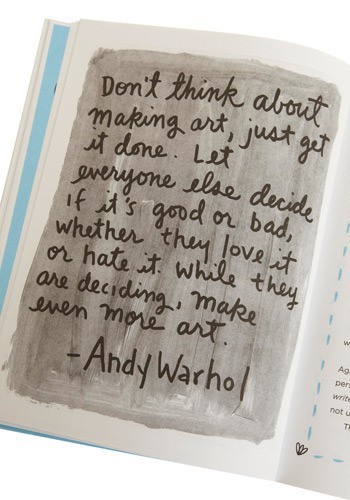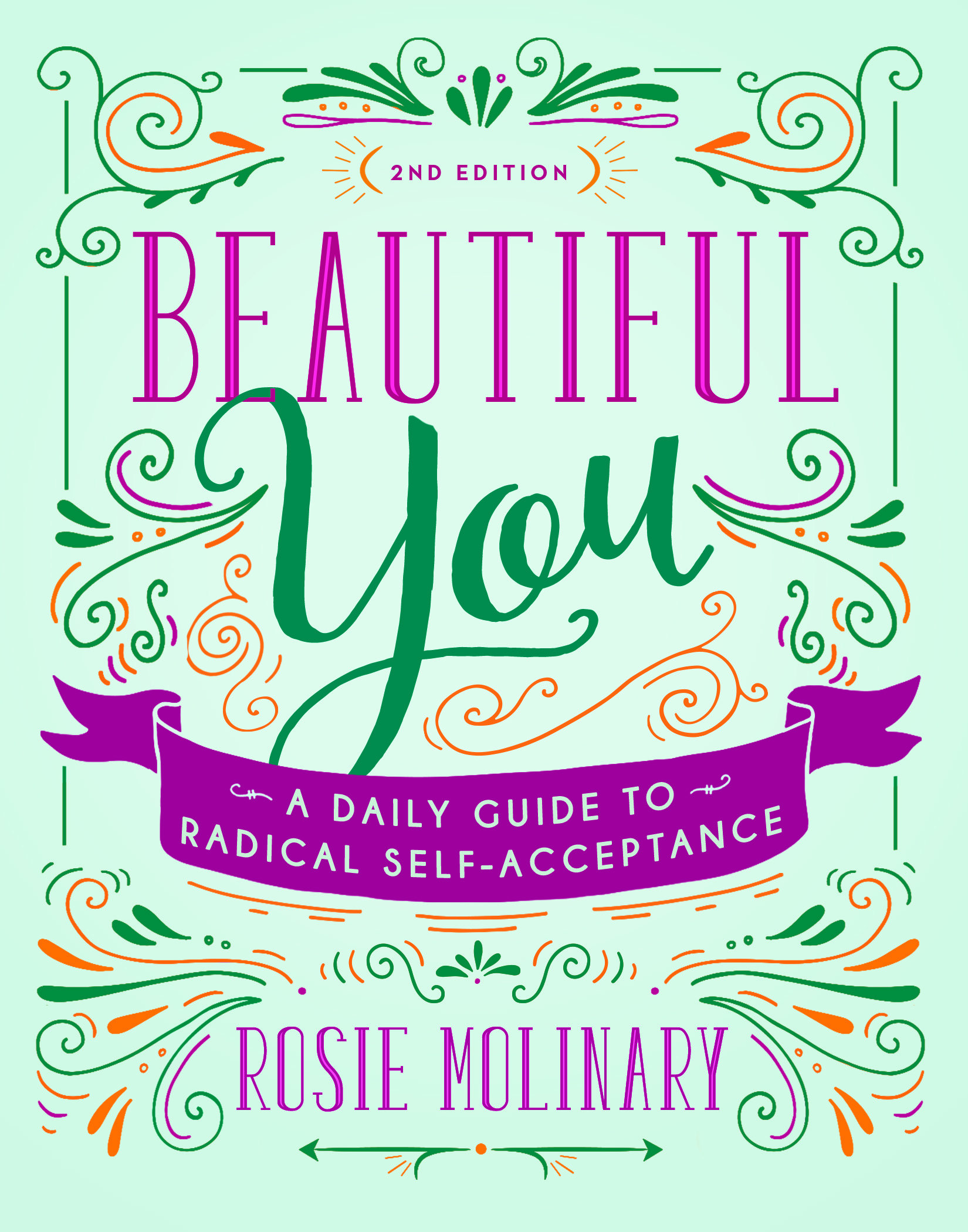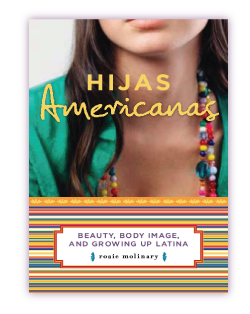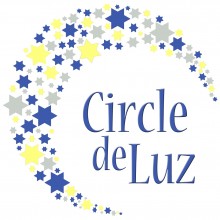Life is a work of art and we are its artists, born with the tools- our innate imagination, curiosity, and playfulness- to create anything we can imagine… Art is simply the name for how you live your life and how you tell others what you think and feel.
Sandra Magsamen, Living Artfully
We are all artists. Sometimes we make art by the way we paint but we can just as easily make art by the way we parent or conduct business or interact with others. Being creative is all about how we approach life– how we find a way to put our original thumbprint on the world. I happen to make art as a writer and, occasionally, as a painter, but I just as often make art by the way I cook and play with Happy. Because of my appreciation for the creative process, I’ve become a bit of a dabbling student in it. My study of the creative process has made me more aware of the universalities and individualities to the process. Years ago, I taught a college-level seminar called Exploring the Creative Process that looked at the theory behind creativity and its execution in various fields. Recently, someone asked me what my creative process was and I thought I would share it here with a nod to some of the things that I learned while teaching that seminar. So, here they are, the first five steps in my creative process…
1. IMMERSION. The wanna-br swimmer can never learn to swim if she doesn’t immerse herself in the water, and I think that is true for the person who is seeking the ability to express herself in a particular medium. If you want to be a cook, read recipes and books, watch cooking shows, talk to people who cook the way you’d like to one day. If you want to be a painter, go to museums, take classes, read books, etc. This is true in all the fields and true ACROSS the fields, too. I often put a number of shows, performances, readings I want to go to on my annual birthday list because watching others immerse themselves in their art inspires my own. I don’t just go listen to writers, though. I watch dance, listen to music, go to exhibits, etc. Anything that starts to scratch the surface of my brain and compels it to see more broadly or more brightly. So, take time to immerse yourself in your craft of choice but also get out of your usual routine and expose yourself to other creators or to other forms through which you can express your creativity.
2. TAKE NOTE. Carry a notebook everywhere you go (or if you are more technologically astute than me, use your Notes function on your smart phone). You never know when you will struck by inspiration, but I do know that inspiration doesn’t last. I lose turns of phrases or quick ideas just minutes after I conceive them if I don’t write them down. I carry a little black notebook with me everywhere and fill it up with ideas, information, etc wherever I go. In fact, several blog posts have been inspired by one liners I heard in movies (one liners that I promptly jotted down in my notebook in the dark theater).
3. WAIT; THEN GO. When it is time for me to write, I try not to sit down at the computer until I know my first line. Otherwise, I am just going to ferret away precious minutes waiting for lightning. I’ve learned that forcing the writing mostly doesn’t work for me. I have to be inspired in order to produce good, take something away with you writing (trust me, you can go back through this blog and tell when I forced vs. when I was inspired— the writing is wholly different). I do think there is a lot to be said for, as Anne Lamott calls them, “shitty first drafts”, but I also know that if I am at totally shitty first draft stage (this is a stage past just shitty first draftiness and in a whole ‘nother realm of suckitdue), then I haven’t really done enough subconscious and conscious processing to be ready to write the draft. That said, there are two things to realize about waiting for inspiration. Sometimes, you can’t control when the first line comes to you. You have to get to it or you will lose the gem. For example, On Loving and Raising a Black Boy struck me at 3 am. I was up until 7 am writing and revising that piece (then up again at 7:45 am when Happy woke for the day) and felt that for several days afterwards. But I went to the computer when the line arrived because the piece was too important to me to not get right, and I knew I had to listen while my subconscious was telling me how to tell the story. If I had waited until later that day, a very different post would have come out of me, I am sure, because I would have lost the moment. Then, here’s the other part of it, sometimes you just have to write when you aren’t ready. I always worry about these times, because I really want my work to be worth other people’s reading times, but I have found that I can gut out a piece or two and be more satisfied with the final product than I felt writing it. For example, here’s a piece that I wrote before the first sentence struck me and I was really worried about it when I turned it in. When it came out, I was much happier with it than I has been when I finished writing it. It wasn’t perfect, by any means, or my best work but I felt satisfied by what I had been able to accomplish by linking sentences into a narrative that I hadn’t completely finished processing for myself. Sometimes, especially if your work calls for you to be creative more often than not, you aren’t always ready but you have to anyway. If that’s the case, know that your past history, your past exercises in the field will guide you to work that you can stand by and there’s value in that lesson, too.
4. PLAN. When a creative project lands on your desk, make a plan for it. For example, I knew I wanted to write Beautiful You before I proposed it to my publisher and then we brought our sweet little boy home. While I was in the getting used to motherhood, hadn’t yet pitched it stage, I still was planning for the book. I got a great acrylic index card organizing box and started jotting ideas down- one per card- on notecards and filing them away. By the time it came to write the proposal, I had a box full of ideas for each day in Beautiful You that showed me- and my publisher- that I had enough fodder to fuel a book whose premise was based on having 365 ideas to share. When I went to contract for Beautiful You, Happy was still a little tiny thing and BF and I were each working 5 hours a day and parenting solo 5 hours a day. I had four months to write the book and so my goal was to write 25 days a week in the midst of doing my other work. Planning out what I had to do really helped me be able to do it. When you have a larger project before you, break it down so you know what it takes to make it happen and so it feels manageable.
5. DIVERT. Sometimes, as you are creating, you will hit a wall. The temptation with that wall is to do everything you can to barrel through it. You back up and sprint at it with breakneck speed and find that you don’t go through it, you just break your neck. This could keep happening unless you figure out a fundamental truth of the creative process. The wall is there to get you to do more work away from the creative project so that you can come back to the creative project and knock it out of the park. So, do what the wall asks of you, and divert your route. Go do something else. Read. Go on a hike. Go rock climbing. Go on a walk. Organize a corner in your home. Do anything but try to railroad your self through the project. It will feel like you are doing nothing on the project but that’s not true. Your subconscious is working hard on the idea and when you least suspect it- you are taking a shower, cooking dinner, driving to work- it will blurt out the answer. It will scream, “This is what is next” and you will suddenly know why the wall appeared- so you had time to let that inspiration strike.
What is your creative process like? What tips do you have for others?




Hi, Rosie–
Just wanted to say, I love this post! I’ve been journaling with Beautiful You, and mentoring students this semester, and your work has been a huge source of inspiration. We’ve done the Wheel of Life exercise and some of the Beautiful You prompts, also (I even made some of my coworkers/fellow tutors do the Wheel–they all loved it). What I see when I look at your list is a real synergy with Twyla Tharp’s book, The Creative Habit, which is another resource I’ve used this semester. I gave my students her “creative DNA” quiz and the open-ended questions seemed to push them in all kinds of interesting directions. I have a theory that many college kids are so used to standardized tests that open-ended questions are a surprise.
In my own creative process, so much of this list makes perfect sense. I’ve struggled with consistency in my daily writing, but planning and note-taking have always been a major part of my routine. Also: if I get stuck, I tend to go do something else–work on another project, chapter, essay, etc. What’s important, I think, is not burning yourself out. I’ve noticed I tend to work in intense bursts and I’m trying to move away from that towards a healthier, more self-sustaining consistency–slightly inspired by Hemingway’s advice that you should always stop writing with a few fresh ideas left for the next day, or you won’t feel like going back to work.
Best,
Hope